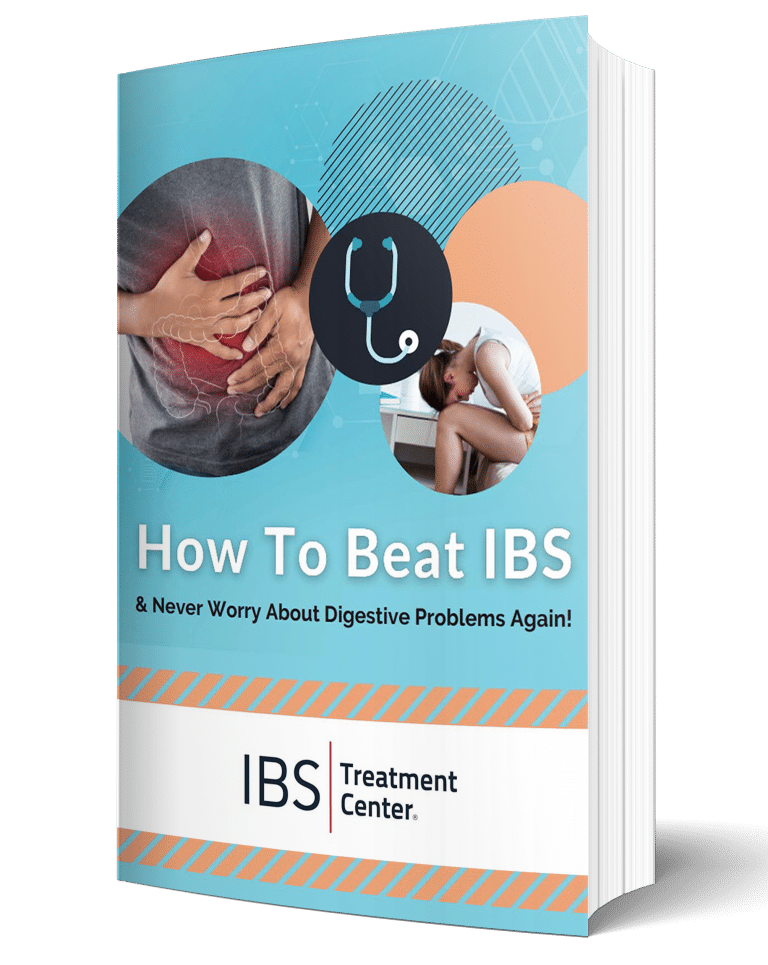Over the last 25 years working with patients who react to foods, I’ve learned that there are many different types of food reactions, even good food reactions. And that some reactions serve a greater purpose and can actually be very helpful.
Your gut is an ecosystem teaming will all kinds of bacteria and yeast and other things. We call it a microbiome.
When you eat something, things may feel bad, but sometimes when the environment in an ecosystem is so messed up, you have to pretty much clear things out and start over. And doing so isn’t always an easy or fun experience, even if it results in a much better situation in the end.
There are lots of examples of this in life. Take for example when an ecosystem needs a forest fire to renew the environment and allow new things to grow. The fire is no fun, but it can renew the environment allowing new things to grow and flourish, and often the environment is much healthier for it in the long run.
The same sort of thing often happens in your gut. And this is what I mean by a good food reaction.
A bad food reaction is one where your immune system is reacting to a food, and that reaction is causing inflammation and damage. Those are bad food reactions, and you need to avoid those foods.
But a good food reaction is one where the food itself is literally changing the ecosystem in your gut. It’s a necessary change, but it’s not always a comfortable or fun one.
And this is counter to everything you’ve been taught about health care. You expect to get treated and to get immediate results. Or to at least to mostly move forward, not backward.
But a lot of positive things we do require pain and suffering. You can’t become more fit or a better athlete and change your physique without challenging yourself and experiencing discomfort. You can’t run a marathon without doing this. It’s impossible.
The same goes for many other aspects of health. You often can’t change the ecosystem in your digestive tract without experiencing discomfort. There is no way around it.
So how do you know?
This is the tricky part. It’s difficult to base it on your symptoms, because either reaction can cause a lot of different symptoms. It really helps to have a doctor who understands this and can guide you through it. But those doctors are very rare.
One tool that will often help you to differentiate these types of reactions are food antibody test results. If you have an antibody reaction, that is generally classified as a bad reaction and you probably should be avoiding that food, because you are having an immune response to that food.
But if you have a reaction to a food that isn’t generating an immune response, is it a good reaction? Sometimes. For example, if it’s sugar, then it’s always bad. Sugar is not good for the ecosystem in your gut.

This is not really a food reaction, although it can feel like it. It’s actually a microbial (bacterial and yeast) reaction to your food.
The best way I can think of to describe it is that it’s a bit like when you try to neutralize an acid with a base. If you think back to basic chemistry, it’s a dramatic process. When you combine an acid and a base you get a lot of gas and bubbling and heat. It’s a rather violent reaction. But it results in a neutralized and healthier environment.
The process of renewal in your gut, killing off bad guys, can be like this and does not always feel good. And many people will avoid garlic because of it. And unfortunately, they may be avoiding the thing that they actually need to be eating.
If they stick with it, the discomfort will improve after a few days. Sometimes it takes a couple of weeks or so, but they will almost always come out the other end feeling much, much better than they ever did before they started the garlic treatment. At this point they can eat garlic with no more consequences, because they have literally changed the ecosystem in their gut.
They no longer react to garlic, because it was the ecosystem that was reacting to the garlic, not their body, and now the ecosystem has changed for the better.
Also on the plus side, the ecosystem in your digestive tract has everything to do with how you digest and break down your food. Foods that did not generate an immune reaction (an antibody response), but still were problematic to eat, were often that way because the ecosystem in your gut was a mess.
Fixing that will often allow people to enjoy these foods with no problems at all. And that’s another layer of the complex world of bad food reactions and good reactions.

Dr. Wangen is the founder and medical director of the IBS Treatment Center, the award winning author of two books, and a nationally recognized speaker on digestive disorders. He has been on ABC, NBC, and Fox as well as public radio, and was named one of Seattle’s Top Doctors by Seattle Magazine.

